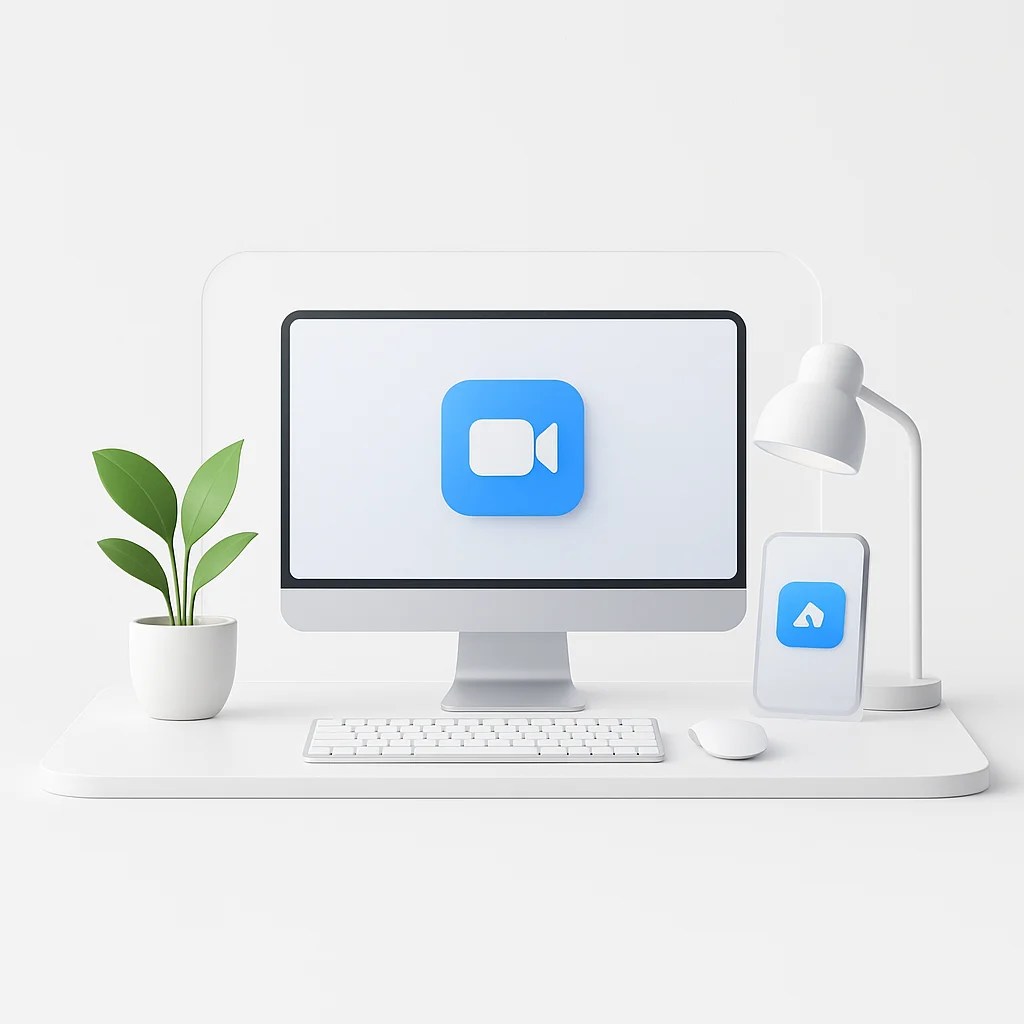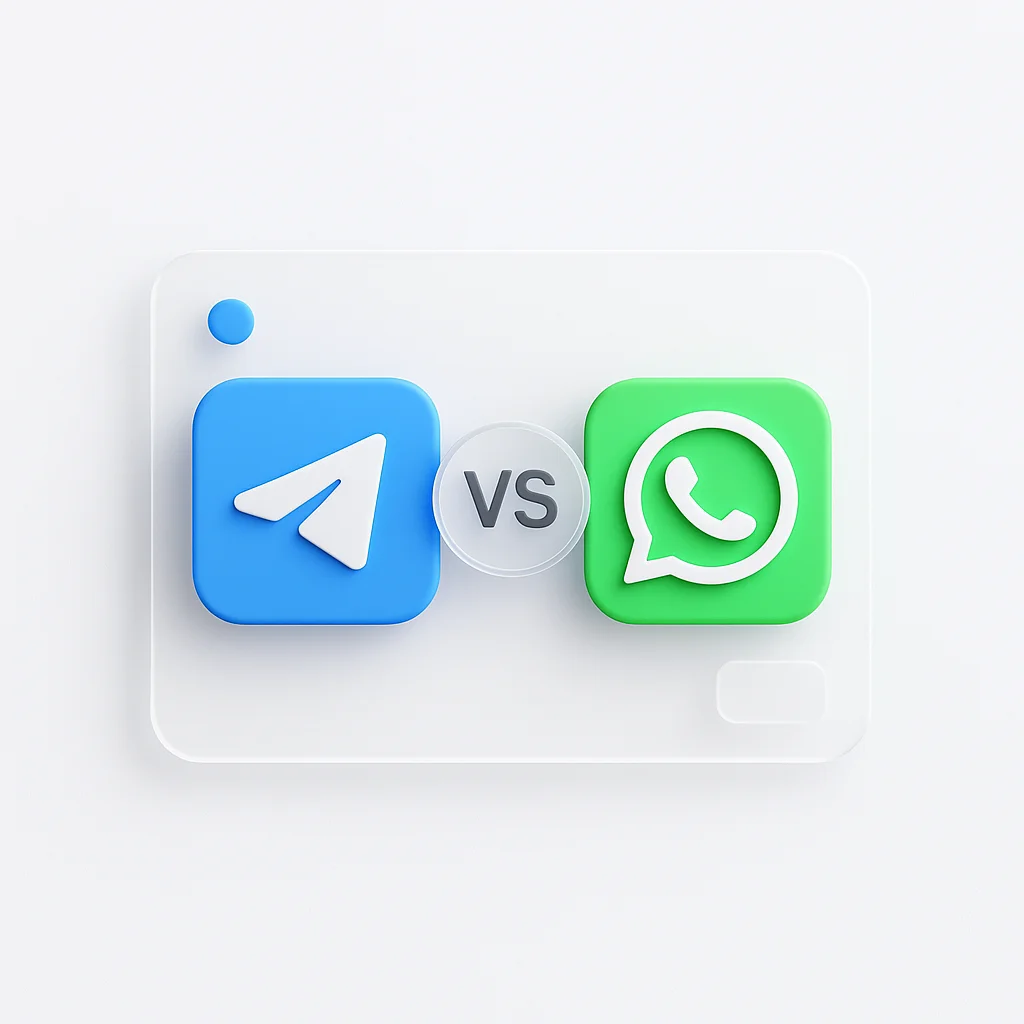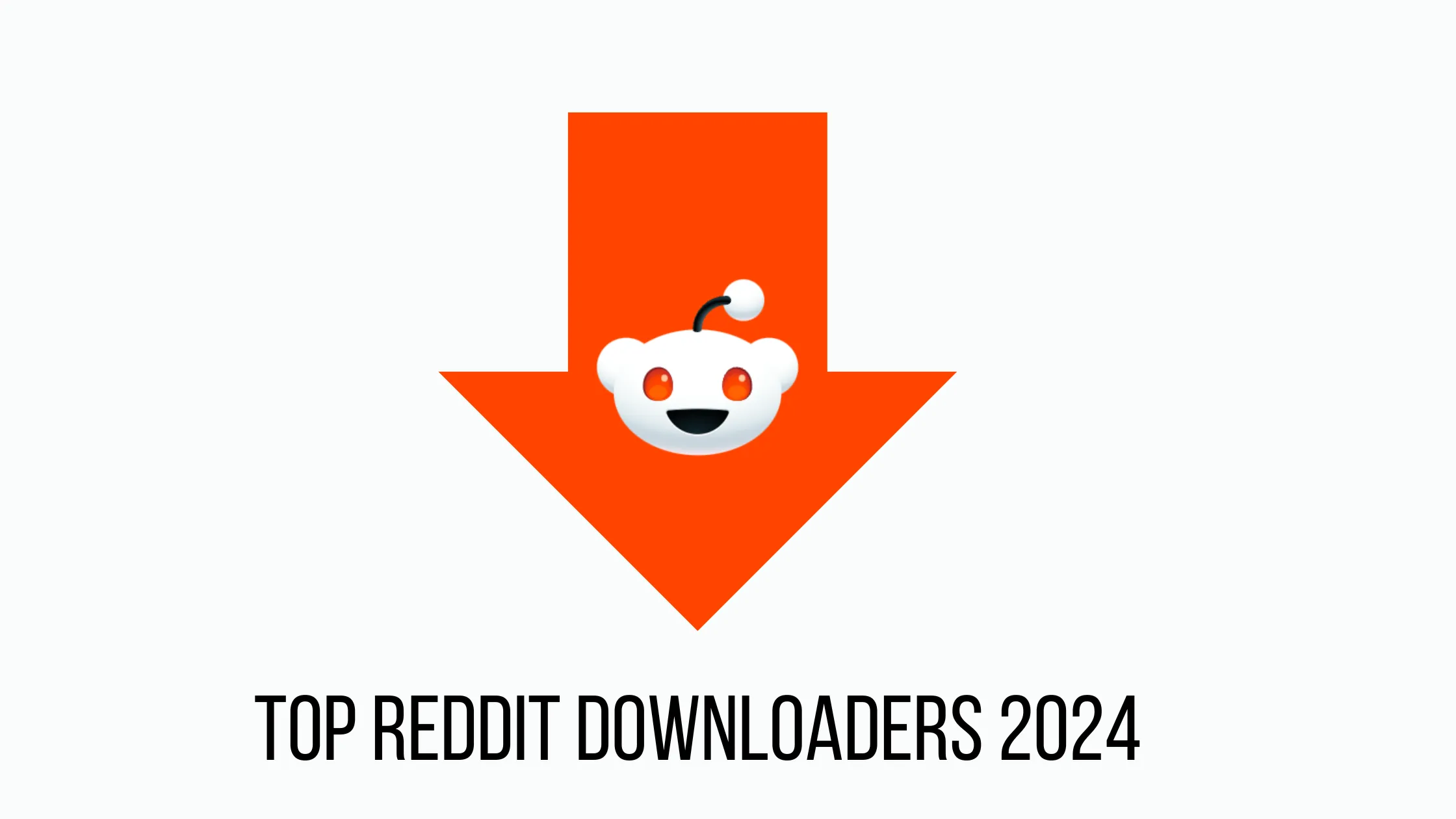You’ve created the perfect YouTube Short it’s catchy, well-edited, and valuable. You hit “post” and wait for the views to pour in, but they only trickle. The problem might not be your content, but your timing. The best time to post YouTube Shorts is when your specific audience is most active, giving your content the initial push it needs to get picked up by the algorithm.
If you’re still building your content library, tools like an AI YouTube Shorts Maker can help you quickly create engaging content that’s ready for your optimal posting schedule.
The quest for the perfect YouTube Shorts schedule is about maximizing initial engagement. Unlike long-form video, the Shorts algorithm moves incredibly fast. Nailing the upload time can be the difference between a few hundred views and a few million. This guide moves beyond generic advice to show you how to find the precise, data-backed YouTube Shorts timing for your channel.
For creators looking to build a comprehensive content engine, understanding timing is just one piece of the puzzle. Learn how to maximize your content output with our guide on how to repurpose interview content and apply these strategies to create more engaging Shorts.
How We Determined the Best Posting Times
Finding the optimal time to post isn’t about a single magic hour. Our recommendations are based on a synthesis of four key factors:
1. Your Channel’s Analytics: The single most important data source is the “When your viewers are on YouTube” report inside your YouTube Studio. This is your channel’s unique fingerprint of audience activity.
2. General Platform Usage Data: We analyzed industry benchmarks from sources like Sprout Social on general social media activity. These provide excellent starting points for channels without enough data.
3. YouTube Algorithm Behavior: The Shorts algorithm tests new content with a small audience segment. Posting at a peak time ensures a larger, more active test group, increasing the odds of wider distribution.
4. Time Zone Considerations: A global audience means your “evening” might be someone else’s “morning.” We factored in strategies for targeting your largest audience segment’s prime time.
Best General Times to Post YouTube Shorts (A Starting Point)
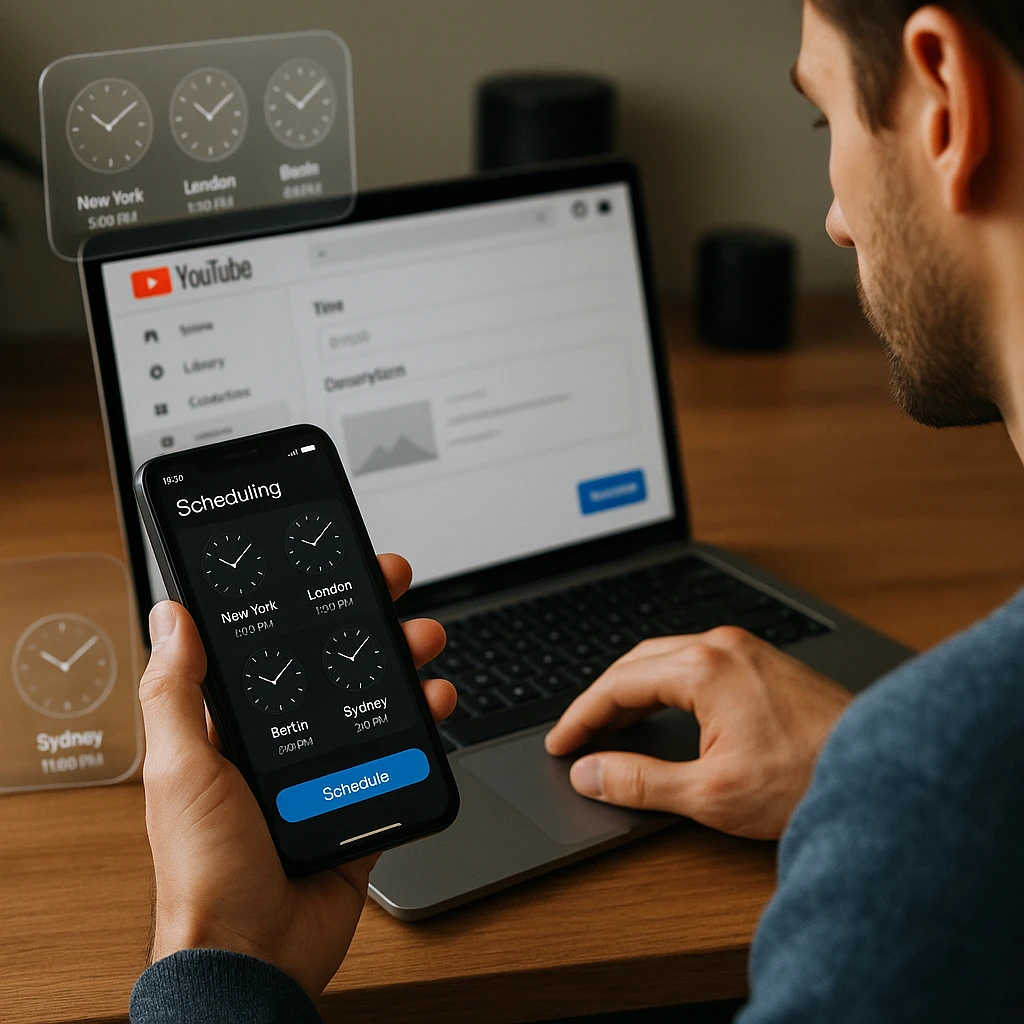
If your channel is new or you don’t have enough data in YouTube Analytics yet, use these industry-standard time slots as a starting hypothesis. All times are in the local time zone of your target audience.
General Peak Posting Times
Weekdays (Mon-Fri)
- 12:00 PM - 2:00 PM: Lunch break scroll.
- 4:00 PM - 6:00 PM: Post-work/school wind-down.
- 8:00 PM - 10:00 PM: Evening entertainment peak.
Weekends (Sat-Sun)
- 10:00 AM - 1:00 PM: Late morning leisure time.
- 3:00 PM - 6:00 PM: Afternoon break.
- 7:00 PM - 10:00 PM: Prime evening viewing.
*Note: These are general starting points. Always test and confirm with your own channel analytics.*
Why Your Upload Time is Crucial for Shorts
The Initial Audience Test: When you upload a Short, the algorithm immediately shows it to a small group of viewers on the Shorts feed. If this group engages positively (watches, likes, shares), the algorithm pushes it to a wider audience. Posting when your audience is most active ensures this initial test group is larger and more engaged, improving your chances of success.
Maximizing Early Engagement Signals: The first 1-6 hours of a Short’s life are critical. Strong early performance signals to YouTube that your content is compelling. A well-timed post generates more of these signals, creating a snowball effect that can lead to virality. Combine optimal timing with attention-grabbing titles using an AI YouTube Title Generator to maximize your click-through rates from the start.
Capitalizing on User Habits: People use social media at predictable times. A recent Pew Research Center report highlights that a majority of users visit platforms like YouTube daily. Posting during these habitual check-in times puts your content directly in their path. To maximize engagement during these peak times, consider adding subtitles to make your content accessible to all viewers check out our guide on the best free AI subtitle generators to streamline this process.
How to Find Your Personal Best Time to Post
Forget generic advice. Here’s how to pinpoint the exact times your audience is ready to watch.
1. The Gold Standard: Your YouTube Analytics Report
This is the most reliable method. The “When your viewers are on YouTube” chart shows you, hour-by-hour, when your specific audience has been active over the last 28 days.
How to find it:
- Go to YouTube Studio.
- Click on Analytics in the left-hand menu.
- Select the Audience tab.
- Find the “When your viewers are on YouTube” card.
The darkest purple bars indicate the times when the most viewers are online. Aim to post 1-2 hours before these peak times to give the algorithm time to index and start distributing your Short.
Pros
- Data is specific to your channel and audience.
- The most accurate and reliable method.
- Removes all guesswork from your strategy.
- Helps you understand your audience's habits.
Cons
- Requires a certain amount of channel history and views to populate.
- Data can fluctuate, so check it regularly.
- Doesn't account for real-time trends or events.
2. Considering Your Niche & Content Type
Your content niche heavily influences audience behavior. A channel focused on gaming might find its peak hours are late at night, while a channel providing business tips will likely see more engagement during weekday working hours. Think logically about your ideal viewer’s daily routine.
3. The Time Zone Factor
In your YouTube Analytics, go to the Audience tab and look at Top Geographies. If your audience is concentrated in one country, post according to that country’s peak hours. If your audience is spread out globally, you have two options:
- Target the largest segment: Prioritize the time zone of your biggest audience group.
- Find the overlap: Look for a time that serves as a reasonable compromise (e.g., late afternoon in Europe and morning in North America).
Once you have a handle on your content performance, you can take it a step further. Use a tool like an AI Video Analyzer to identify the specific moments in your most successful Shorts that drive the highest engagement.
A Step-by-Step Guide to Scheduling Your Shorts
- Analyze Your Data: Check your “When your viewers are on YouTube” report. Identify 2-3 peak time slots you want to test.
- Form a Hypothesis: Decide on a specific schedule. For example: “I will post one Short every day at 5:00 PM EST, which is one hour before my 6:00 PM peak.”
- Schedule Your Posts: You can upload your Shorts in advance on YouTube’s desktop site and schedule them for your chosen times. This ensures consistency even when you’re busy.
- Review and Refine: After a week or two, review the performance of the Shorts posted at your new times. Did they perform better than your randomly timed posts? Adjust your schedule based on the results and keep testing. A consistent content strategy is key, and you can learn more about YouTube Shorts strategy in our comprehensive comparison of YouTube Shorts vs. TikTok vs. Instagram Reels.
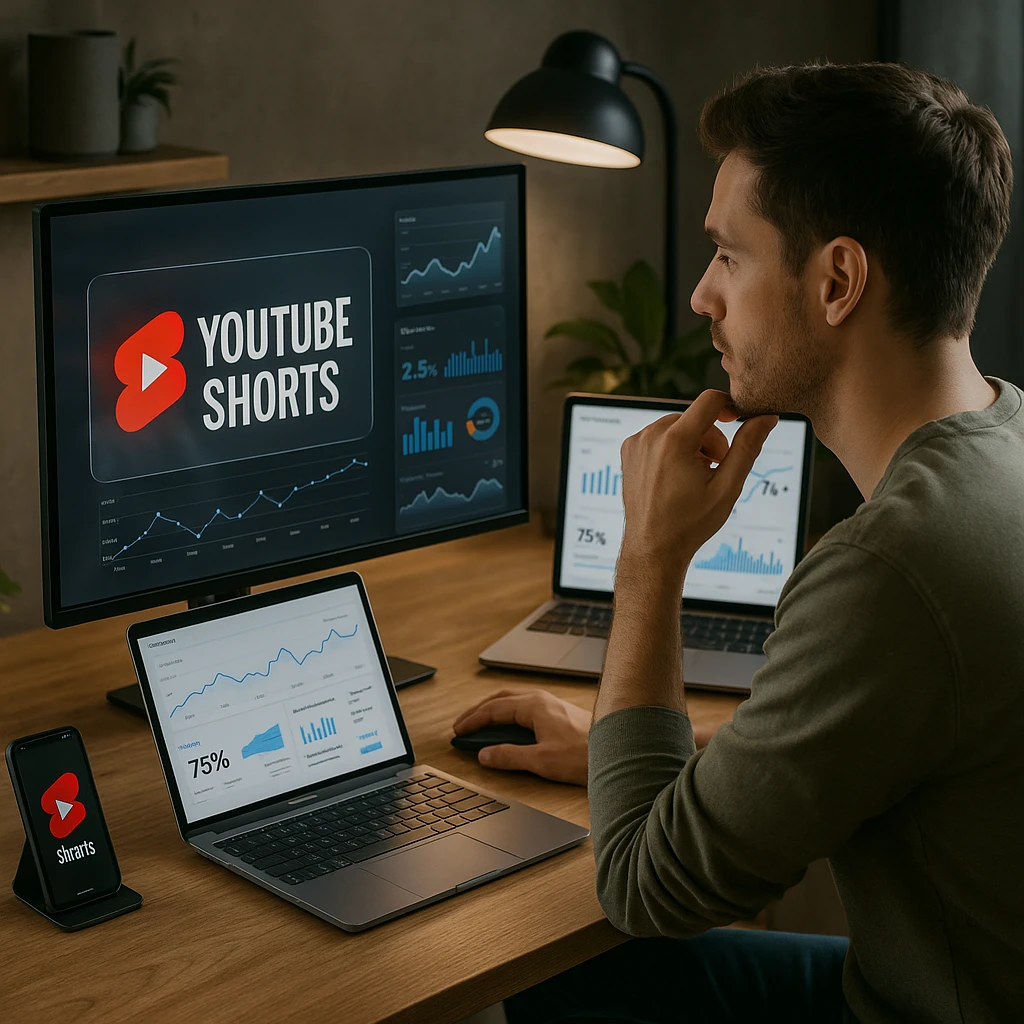
Frequently Asked Questions
What is the best time to post YouTube Shorts on Saturday?
Weekends generally have broader peak windows. For Saturdays, good starting times to test are between 10:00 AM - 1:00 PM and 7:00 PM - 10:00 PM in your audience’s local time zone. Always confirm with your own analytics.
How long does it take for a Short to get views?
A Short can get views within minutes if posted at a peak time. However, some Shorts have a “slow burn” and can get picked up by the algorithm days or even weeks later. Don’t be discouraged by a slow start.
Does deleting and re-uploading a Short work?
This is generally not recommended and can be seen as spammy by the algorithm. It’s better to learn from a low-performing Short and improve your content and timing strategy for the next one.
Is there one single best time for everyone to post?
Absolutely not. The universal “best time” is a myth. The ideal time depends entirely on your specific audience’s location, age, niche, and viewing habits. The only true best time is the one your own data points to.
Your Data Holds the Key
While general guidelines provide a solid starting point, the ultimate key to unlocking more views is buried in your own YouTube Analytics. Treat published best times as a hypothesis, and use your channel’s data as the proof.
The perfect posting time, combined with a consistent schedule and high-quality content, creates a powerful feedback loop. You give the algorithm engaging content when users are most active, and in return, the algorithm shows your content to more people. Enhance your content’s reach further by making it accessible to all viewers add subtitles to your videos to increase engagement and watch time, two critical factors the algorithm considers.
Once you master your posting schedule, focus on scaling your content production. Tools like an AI screen recorder can help you quickly create a backlog of high-quality content, ensuring you always have something ready for your peak posting slots.
Stop guessing and start analyzing. Your audience is telling you exactly when they want to watch all you have to do is listen.

